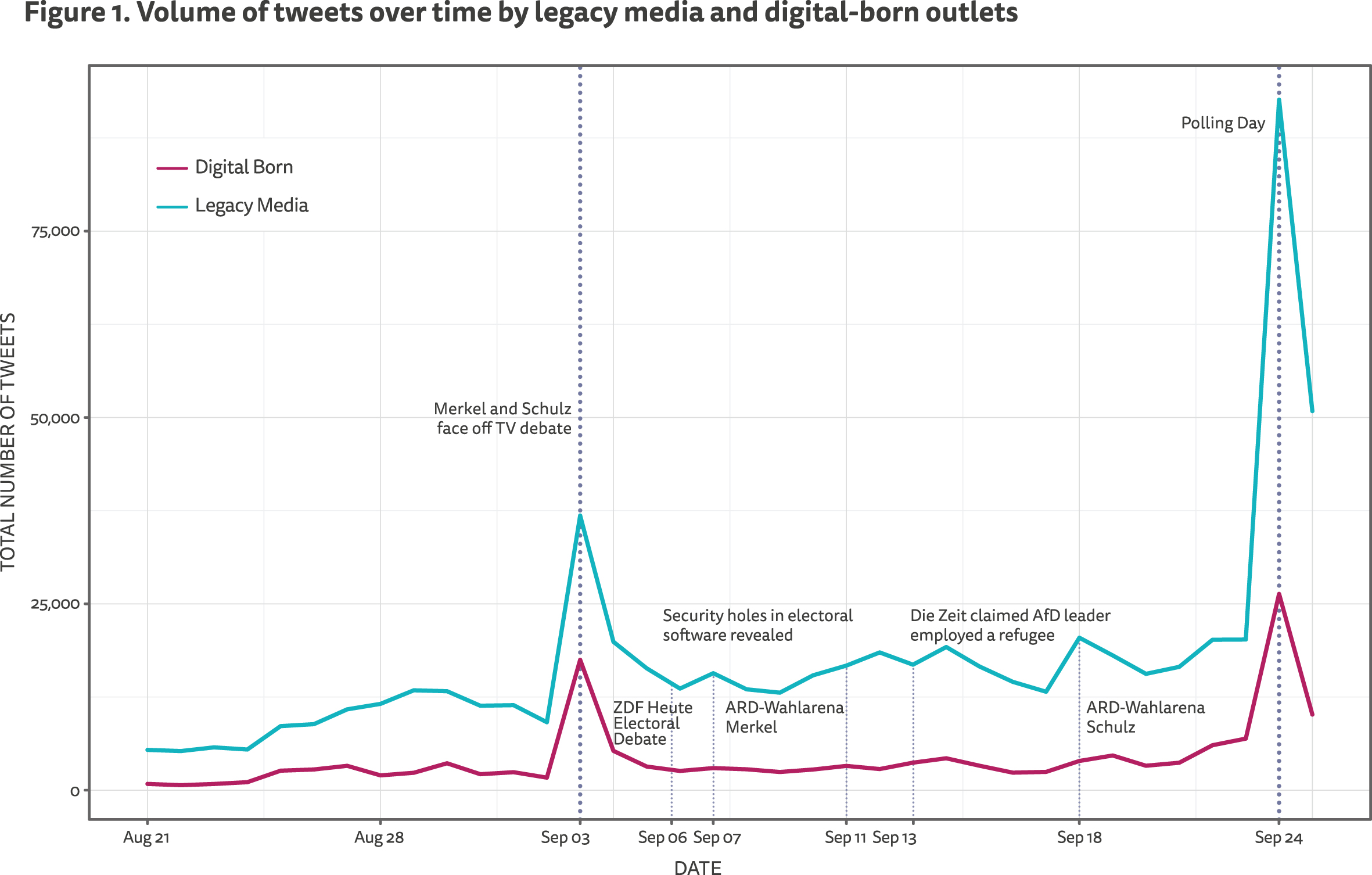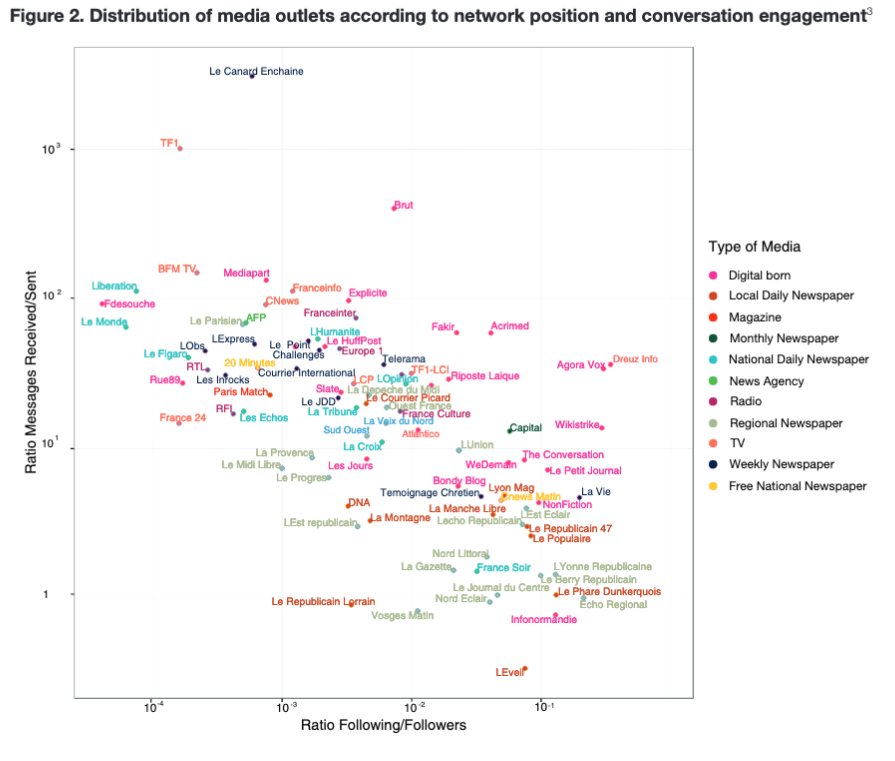The consumption of political news is increasingly mediated by social media platforms like Facebook, Twitter, Youtube, Snapchat, Pinterest Timblr, Instagram, among others. These new players are changing the way people keep up with current news and also noteworthy, they are reconfiguring the media business market. The latest Digital News Report by Reuters Institute offers relevant figures to understand the fundamental changes under which the news media sector is. Here, I review some of those related to the impact of the social media platforms on the diversity of sources of information that people can access. Then, I raise some questions regarding the implications of this changes for the functioning of democracy.
People are less willing to search political content directly on branded websites, according to Reuters Institute’s report. Instead, they increasingly relay on their news feeds to bump into political information. This is a new habit especially relevant in countries such as Ireland (12%), the US (11%) and Australia (12%) where people access news content just login into their social media platforms. Looking by ages, those among 18 and 24 years old are more likely to read news through their social profiles rather than tuning into a TV channel. More precisely, 21% of people that navigates political information through social platforms are in between their 18’s and 24’s.
Overall, the access to news is still dominated by television, as the main source. This is the case in Germany (58%), Japan (49%), Italy (49%) where a larger number of people prefer television rather than online news outlets as a first source for information. Yet, citizens increasingly adopt Internet –including social media- as main access to political information. In Australia (44%), Denmark (42%) and Finland (46%) online outlets are preferred sources for news. In Spain, 38% opt for online outlets to access news, a figure that is near to the 41% of those who primarily follow news on TV. As for the newspapers, in Spain only 8% says they’d rather read news on press to stay informed .
On Facebook: are people more likely to find new sources of information? Do they only face opinions in line with their own views?
Why are these figures important? To better gauge the impact of Reuters Institute’s findings and above all to the understand the implications of the growing trend of accessing to news by using social media profiles, it is essential to highlight the importance of information for the proper functioning of political systems and democracies .
An informed citizenry about the problems facing their societies is a necessary condition for a well-functioning democratic system.
Information is crucial for fostering healthy public debate and deliberation; It helps people to enhance their political knowledge; information underlies political engagement mechanisms and it is an explanatory factor for political participation processes; and even more important, accessing a broad range of news sources is necessary in that researchers have empirically demonstrated that facing cross-cutting opinions –stand points that challenge your positions- moderate radical opinions (Mutz, 2002). To sump up, healthy democracies depend largely on a plural news media environment .
Hence, knowing the way people access to political information is essential for advancing in guarantying the ideal of public and diverse informational system that a democracy needs. In this regard, the changing dynamics on public access to news, raise questions about the role of social media’s algorithms in providing news content on people’s online walls. Now that people is increasingly getting informed through their social media profiles we should investigated whether, on Facebook for instance, they are more likely to find new sources of information; or whether they only face opinions in line with their own views; Or on the contrary, if there are more cross-cutting information on Facebook’s news feeds (Maybe, thanks of processes of information sharing and discussing with larger social networks than the ones in the offline world). Several research projects have tried to shed light on these questions (see for instance Barberà, 2014; Adamic and Glance, 2005) But we still lack from a definitive answers and further research is necessary considering the increasing role of the social media platforms as news content providers .
Beyond the social media, one can also see the increasing importance of native digital news brand sites in news market. In Spain, for instance, traditional media news still dominates the access to news but, as noted above, the impact of digital news players in accessing political content is growing. This might contribute to a less concentrated news market yet one should ask, whether it will contribute to a more pluralistic democratic debate. Here again there is room for further research .
Turning gears a little bit, devices used for accessing information is also relevant. Accessing news via mobile cell phones is not a new trend, but according to Reuters Institute’s report, difference with desktop devices are getting smaller. Users access more news brand online than offline, 6.8 to 4.1 respectively in Spain. But using their mobile phones people access less online media outlets (1.5 sources) than in their laptop or desktop computers. The question here is: Does it mean that consuming information while commuting is less diverse? Can this fact combined with figures of growing predominance of mobile phones in the consumption of news have consequences on people’s opinions? Interesting questions that Reuters’ report raises and will feed the future research on political communication studies.



